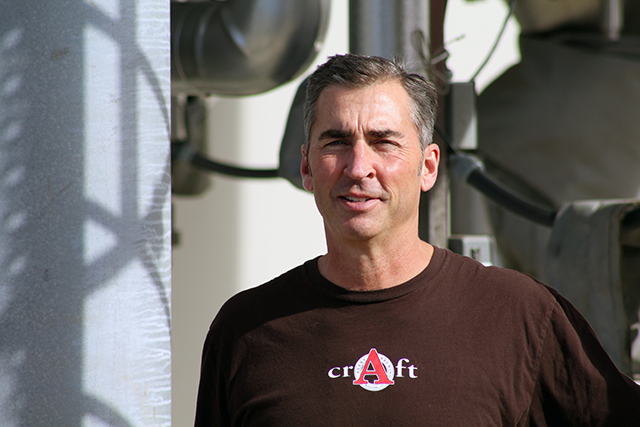
It was in the fall of 2015 when I first met Adam Avery. He was in Lexington, Kentucky — near Brewer HQ — for a tap takeover at Pazzo’s Pizza Pub, a great pizza and craft beer location in the city.
At the time, I was working on another story for the November/December 2015 issue of Brewer. I’d been trying to track down Avery for some time, but anyone that’s ever attempted to correspond with him knows two things: One, he answers his own email, but two, it might be weeks before you get a response.
Once I got a response, he was already out on the road bumping elbows with friends and consumers across the U.S. It just so happened he was going to be near our town, so I shot over. It was there that I really started to understand where the American brewing industry was, and where it is now.
Sitting outside on a nice fall night, Avery spoke about the early days with Avery Brewing; how capital wasn’t always the easiest to come by and how it was even more difficult managing the storm that was the late ‘90s and early 2000s. But all that’s in the past, and the current situation is much different for Avery Brewing.
He told me that they were looking at a $30 million expansion and that he and his dad, Larry Avery, had just gone down to the bank to start the process before he came to Kentucky. He thought it was so interesting that he could discuss with someone getting a $30 million loan when less than 20 years earlier, that wouldn’t have been even close to a possibility.
But, like Avery said, the industry has drastically changed.
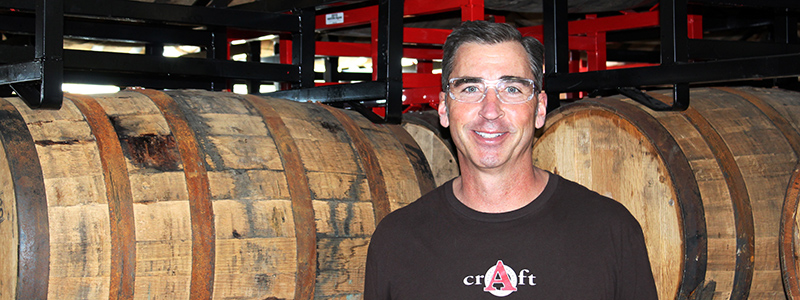
I caught up with Avery again a few months later in February 2016. This time we were in his comfort zone at Avery Brewing in Boulder, Colorado. It’s easily one of the most visually pleasing breweries I’ve been to. The multi-level taproom with AVERY in big letters over the bar presents a partially high-class place to relax and unwind.
We took a spot over in the corner of the upstairs taproom that Avery said was “his spot.” He said he could sit back in that corner against the large windows and look through the entire taproom, just watching everything unfold. It’s like he was peeking in through the glass just watching his world in motion.
With that being said, if you ever spend more than a few minutes with Avery you’ll realize he’s not a control freak. He delegates well and puts a lot of trust in his team. He’s very much a people person that appears to have a strong relationship with a lot of his employees. I’m not trying to make him seem like a saint, but successfully operating a brewery of Avery’s size for almost 20 years means he’s doing a few things right.
That’s exactly what I was looking to uncover, especially with breweries that made it through the late ‘90s. What are Avery and other breweries its size doing to become so successful?
A lot of Avery’s early success was from simply listening to the world around him and being curious. It was experiencing a homebrew for the first time that got him into brewing, and it was listening to friendly advice that altered his path from going to law school. “They said, there’s no way you’ll make it as an attorney,” Avery recalled. “‘I don’t think you’ll enjoy the lifestyle you live with the work conditions. You know, you make some pretty good beer, why don’t you try that?’”
The basic advice completely adjusted Avery’s direction in life and he started trying to figure out how to develop Avery Brewing — not necessarily to own a business, but to simply open a brewery. While we all know they are one in the same today, in 1993 Avery was simply looking to discover a way to make money by doing something he enjoyed.
“My dad and my mom had just moved out from Illinois and he was looking to open a running store,” explained Avery. “He couldn’t find the location. I had a business plan together and was shopping it around. He and his partner looked at it and decided … it would cost us $90,000 to get started.”
From that initial partnership Avery purchased its first 7-barrel brewhouse and the minimal amount of stuff to start brewing beer. “That was $90,000 and now we’re $30 million in debt,” laughed Avery (more on the debt to come).
Today Avery Brewing produces around 70,000 barrels in its current location where it has been brewing for a year. It had to deconstruct some of the older facility to get equipment into the new facility. “We only produced 3-4 percent more beer last year (2015) than we did the year before (2014), this year we’re ready to ramp up and keep up with sales,” said Avery.
In April of 2016, Avery broke ground on a new expansion next to its taproom that will add six more hectoliter tanks to the four it already has. “That should get us to about 120-130,000 bbls approximately,” said Avery. “That’s when we’ll probably have to actively start selling beer. We’ll finally get to where we haven’t been for six or seven years … having to actually push beer as opposed to just basically saying ‘sorry we don’t have any.’”
When Avery launched it had to find distributors that understood what it was doing and who it was trying to reach. “Anybody that would call me, I’d be like, ‘hell yeah dad and I will sell you beer,’” recalled Avery. “We needed to make money, so we’d send a pallet here, a pallet there. We built this network of distributors that, every month, were on my ass about getting the beer. That’s kind of how we built our footprint. Not very professionally, but I got into this business not as a salesperson, still not a salesperson — you need money coming in the door … cash flow is a big deal.”
Early on Avery simply followed his passion for the beers he was producing. “Just trying to brew different styles,” he said. “Whatever I fancied. Couldn’t get a lot of stouts back then, couldn’t get a lot of fruited beers back then, couldn’t get a lot of really hoppy beers, so those were the focuses for me in homebrewing.”
The focus for Avery was to challenge what was already existing in the brewing space at the time. Avery said the brewery started making an IPA in ‘96 while launching Hog Heaven in ‘98 — marketing it as a Barleywine, but according to Avery it’s actually a Double IPA.
Avery believes that brewing is all about exploring boundaries. “Trying to figure, how do you pack a bunch of flavor into a beer and build a beer,” he said. “It’s a construction project.”
You wouldn’t be able to tell from current success of the brewery, but it hasn’t always been blue skies and sunshine. He actually said that he’s blocked out the first five years of business from his memory. “Those were tough years,” he said “Dad and I didn’t pay ourselves. There was almost a three-year period where we were living off credit cards and dad was putting more than his original investment to keep us going. But he believed in me and I believed in what we were doing, so we took the risk.”
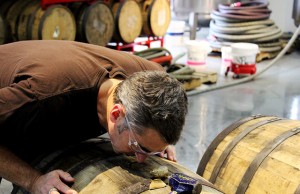
Avery took the risk and reaped the reward. More than 20 years later, Avery Brewing is churning and increasing distribution almost regularly. “Around ‘98, ‘99 we started getting recognition from other distributors and building a solid footprint,” said Avery.
Over the last 10 years Avery Brewing has experienced some of its best years. However, with the location of the brewery at the time, Avery explained that it wasn’t in the best position for exponential growth. “Just the way our brewery was structured, like not being able to get enough water, power sources, those sorts of things were limiting factors,” he said. “We made a conscious decision that we’d scale back on distribution network — in 2010 we left 18 markets — in order to service the other 15-20 distributors that we had, to be able to grow with them.”
The strategy was to do a better job at creating a stronger bond with the brewery’s major distributors and help them grow. “Trying to figure out how to brew just a little more beer, every single year,” explained Avery.
Essentially, Avery suffered in its old facility. It was focused on growing the brand, making a little more beer, building a cash reserve and getting a bank interested in the brewery. That strategy would then propel it into the new facility it’s in now, and help it to create more beer and an even larger distribution chain.
“We designed a brewery that not only is great at 70,000 bbls, but has enough acreage and enough footprint that we can add tanks, can add another brewhouse — we can add these things onto it,” said Avery. “500,000 bbls on this property is about right, maybe more. So now we’re kind of green lit, as long as we finance it correctly, now we can grow as fast as we want to. We don’t have to think about moving again.”
For Avery it just made sense to struggle for a few years to ensure the future of the brewery is established correctly. “I wanted to get my end game,” said Avery. “If we ever brewed and sold 500,000 bbls of beer I would probably fall over and pass out.”
While the project Avery is undertaking is massive, he doesn’t necessarily believe his strategy is the same strategy everyone should use. He mentioned that he thinks his team has developed a strong strategy for success, but each business and brewery is different. “It was by no means easy,” said Avery. “As long as you’re making good beer it’s whatever — it’s different for everyone.
“I know if you build a brewery it gives you a chance to make the best beer you possibly can. That’s what it comes down to. You have the best equipment you can possibly purchase and you staff it with incredibly smart and passionate people that give 110 percent every day. That’s the recipe for success.”
For many of those people — especially the ones that worked in the “alley,” as Avery calls it — he wanted to give them a great place to come to work after all their hard work. “I didn’t let the walls or the floors, or something hold us back,” said Avery. “That’s not holding us back. We have this gigantic tool. It’s pretty close to perfect. What we have here in terms of quality of equipment is pretty top notch.”
Today, Avery Brewing is a family-owned business. That’s not to say Avery and his father Larry haven’t had partners in the past, but what they’ve discovered is the two of them make a team that is unmatched. “We knew that it’s better just to have the two of us,” said Avery. “Decision making is easier. We decided we should be doing this on our own.”
The two convinced a bank to provide them with the $30 million loan to help build the current dream. According to Avery, the cost was a lot cheaper going with a bank and they don’t have a control issue. “That comes at a cost though, too,” said Avery. “Everything is on the line, you’re signing your name on the dotted line every single time, personal guarantees and those sorts of things. The reliance is really only on my dad and myself, and obviously a great group of people we get to work with every day. We don’t have to worry about some venture capital coming in and saying ‘now we’re going to sell our portion to Budweiser or InBev, SAB’ — we don’t have that hanging over our heads.
“Maybe we didn’t sell the majority position, but they can make somebody’s life pretty unhappy in a minority position.”
The end goal has always been the same for Avery. Sell as much beer as possible brewing the beer that he and his team want to brew. It’s simple, right?
“Whatever that size is that we’ll be, more importantly is we have this very cool culture here that they can see and feel,” said Avery. “Number one on Dad and I’s list was to make sure that the way the employees and coworkers felt about each other [at the old brewery] was the same. Just because we changed houses into the mansion from the van down by the river, we just want to make sure that culture remains the same. I think it has actually gotten better. The facility is so much better, people are happier about the working conditions. They are even more excited about Dad and I’s vision of what we can be tomorrow and 10 years from now.”
That vision is very much coming into fruition with each new beer. As we walked through the brewery for the photoshoot, you could feel the buzz. The culture that Avery spoke of radiated from each person. There were smiles and good conversations at every turn. Again, I’m not trying to make Avery or his brewery out to be the beer Mecca — a lot of breweries throughout the U.S. have just the same vibe. All I’m saying is the vision that Avery and his dad dreamed of years and years ago has stayed consistent and found a way to flourish.
Also, while Avery said he’s looking for his end game, don’t take that as they are settling. They are simply strategized to a point that they can see exponential growth, and that’s what he feels is his end game. I guess we’ll all just have to kick back, grab a beer and see.



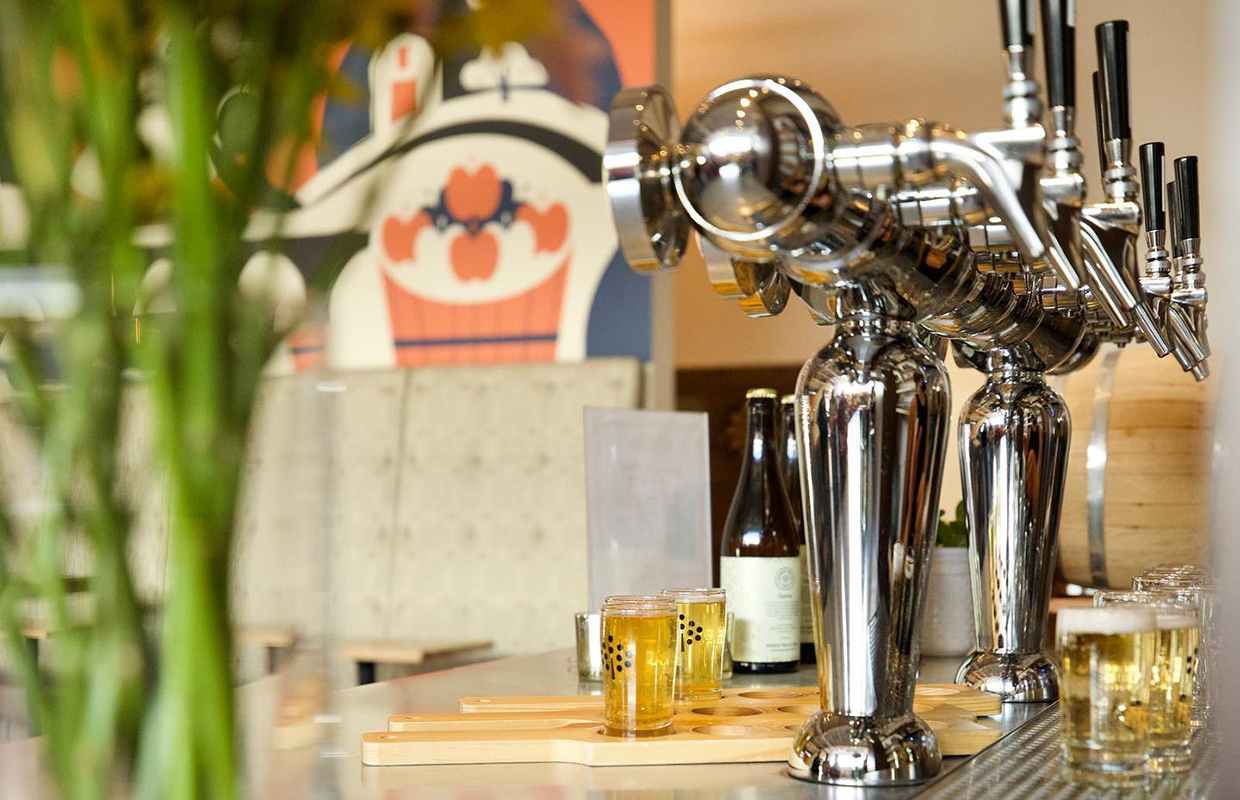
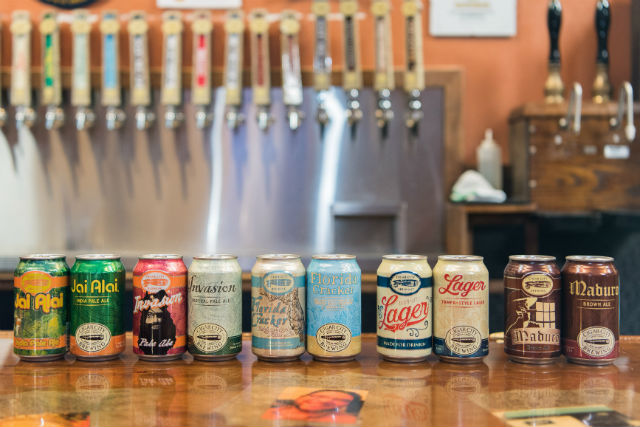

I have met Adam and his father. It was a few years ago. I am a fan of Adam’s and his father. Great People. I am a huge fan of Avery brews. I had a great opportunity to tip a few with Adam and his crew. Great Brews and Great People. THANKS ADAM! John Beam.